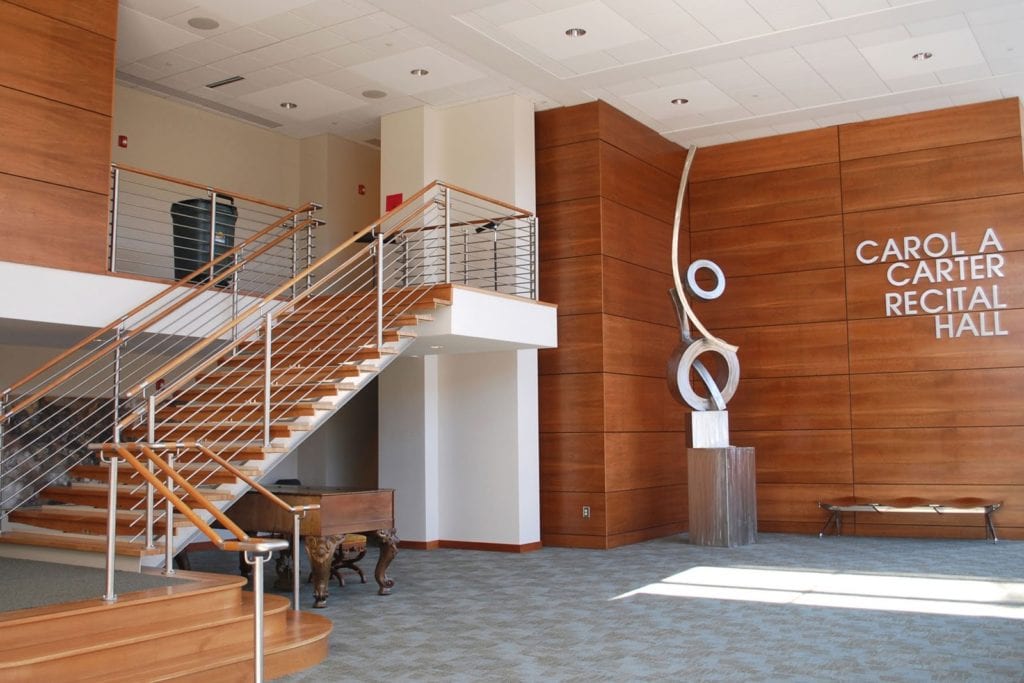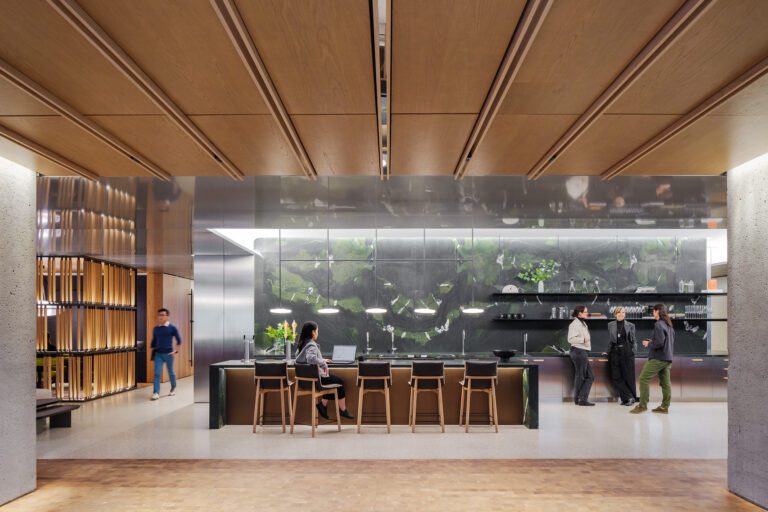Are you comparing materials for your next project and wondering why solid wood is often the more affordable choice? Understanding the differences between solid wood and veneered wood, including their costs, durability, and sustainability, can help you make an informed decision. Solid wood often stands out as a cost-effective, durable, and architecturally striking option for ceilings and walls.
What Are Solid Wood and Veneered Wood?
Solid Wood: This material consists of a single piece of natural timber. It is commonly used for ceilings, walls, and paneling. Solid wood ceilings and walls imbue interiors with enduring sophistication, structural integrity, and an inviting natural warmth. The intricate grain and tactile textures of solid wood evoke authenticity and charm, qualities unmatched by synthetic alternatives.
Veneered Wood: Veneered wood combines a thin layer of real wood bonded to a substrate, usually plywood or MDF. While it mimics the look of solid wood, it involves more manufacturing steps, making it less straightforward and often less durable over time. For example, Rulon International’s Flat Veneer Panels are crafted to meet design needs, but veneered options typically require more maintenance and care.
Both materials have their place in interior design, but their cost structures and long-term value differ significantly.
Factors Influencing Cost Differences
Several factors contribute to solid wood’s cost advantages:
- Material Use: Veneered wood requires both a high-quality veneer and a stable substrate, increasing material expenses. Solid wood eliminates the need for these additional layers.
- Production Costs: Veneer manufacturing involves slicing thin layers of wood, bonding them to a base, and applying finishes. This complex process increases labor costs.
- Durability: Solid wood lasts longer, reducing replacement costs. Veneered wood can peel, chip, or wear out more quickly, especially in high-use areas.
These elements explain why solid wood is often a smarter investment for ceilings and walls.
Cost Comparison: Solid Wood vs. Veneered Wood
It’s essential to look beyond the initial price and examine the total cost of ownership.
Initial Costs
Veneered wood offers a cost-effective option upfront, with its ability to replicate the look of solid wood while requiring less raw material. However, it’s important to consider additional factors, such as edge banding, finishing, and periodic maintenance, which can add to the overall investment over time. Solid wood panels, on the other hand, provide exceptional value by minimizing ongoing upkeep and offering long-term durability.
Long-Term Value
Solid wood offers durability and resilience, making it a one-time investment for many projects. It can also be refinished multiple times, extending its life and maintaining its appearance. Veneered wood, by contrast, has a limited lifespan and often requires full replacement when damaged.
Mantenimiento
Solid wood wall paneling resists daily wear better than veneer, saving you money over time. Veneered wood is prone to peeling and warping, leading to higher maintenance costs. For spaces like offices, schools, or retail environments, solid wood’s durability can reduce headaches and costs.
Installation Costs and Time Efficiency
Installation is a crucial factor that affects the overall cost of any project.
- Solid Wood: Prefabricated solid wood systems like Rulon’s Curvalon panels are designed for quick installation. These panels reduce the need for complex on-site preparation, lowering labor costs.
- Veneered Wood: The delicate veneer layer requires careful handling to prevent damage, increasing installation time and labor expenses. Veneered panels may also need additional edge treatments, further raising costs.
Choosing solid wood panels not only saves on labor but also minimizes installation-related risks.
Acoustic and Aesthetic Benefits
Solid wood offers significant advantages in both acoustics and aesthetics, making it an excellent choice for walls and ceilings.
Acoustic Properties
Solid wood naturally enhances sound insulation. Its density helps reduce echo and noise transmission, creating a more comfortable environment. Veneered wood often requires additional backing materials to achieve similar acoustic performance, increasing costs.
Atractivo estético
Solid wood wall panels offer unparalleled authenticity and a captivating warmth, enriching interior spaces. Its organic grain patterns convey an innate elegance and depth, establishing an ambiance that veneered wood struggles to emulate. While veneers offer various finishes, they lack the tactile quality and depth of real wood.
Solid wood ceilings and walls combine beauty and functionality, enhancing any space with timeless charm.
Sustainability and Environmental Impact
Sustainability is an important factor for many projects today. Solid wood, sourced responsibly, exemplifies a renewable resource perfectly aligned with modern sustainability objectives, offering a harmonious balance between functionality and environmental stewardship.
- Lower Carbon Footprint: Solid wood requires minimal processing, reducing its environmental impact. By sourcing from responsibly managed forests, solid wood supports sustainable practices.
- Fewer Chemicals: Veneered wood often uses adhesives and finishes that can release harmful chemicals. Solid wood avoids these issues, offering a healthier option for indoor environments.
For architects and designers prioritizing green building standards, solid wood is an excellent choice for both ceilings and walls.
Design Flexibility and Application
Solid wood offers versatility in design, allowing for a variety of uses in modern interiors.
Seamless Integration
Solid wood panels are available in various sizes and finishes, making them ideal for both ceilings and walls. They can be used in everything from minimalist designs to intricate patterns.
Biophilic Design
Natural materials like solid wood support biophilic design principles by connecting indoor spaces with nature. This improves not only the aesthetics but also the well-being of occupants. Veneered wood, while visually similar, lacks the authenticity needed for a truly organic look.
Why Solid Wood Costs Less for Wall Panels
Solid wood wall paneling provides a combination of affordability and durability that veneered wood cannot match. Its simplicity and strength make it a practical choice for many applications.
Unlike veneered wood, which involves additional layers and adhesives, solid wood panels are straightforward to produce. This reduces material and labor costs. The ability to refinish solid wood panels adds to their value, making them a smart investment for both residential and commercial interiors.
Acoustic and Functional Benefits of Solid Wood
Beyond cost savings, solid wood offers acoustic and functional advantages that add value to any project.
- Improved Sound Quality: Solid wood absorbs sound, creating quieter and more peaceful spaces.
- Functional Durability: Solid wood stands up to daily wear and tear, making it ideal for high-traffic areas.
These benefits, combined with cost savings, make solid wood ceilings and walls a practical choice for modern interiors.
Explore Rulon International’s Solutions
Choosing the right material for your project is essential to achieving your design goals while staying within budget. Solid wood combines enduring durability, cost-efficiency, and a profound commitment to sustainability, solidifying its status as the optimal choice for contemporary and forward-thinking architectural applications.
Rulon International specializes in high-quality solid wood solutions, including Curvalon panels and Flat Veneer Panels. Explore our product offerings to find cost-effective wood paneling systems that combine beauty, functionality, and affordability. Contact Rulon International today to get started on your next project.




